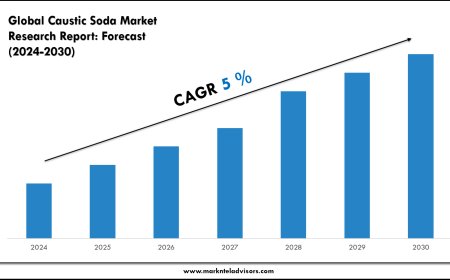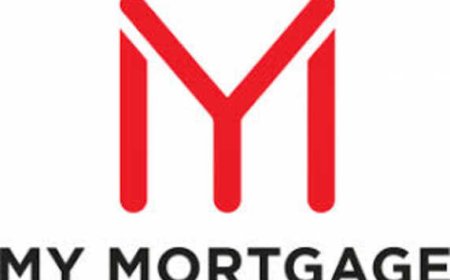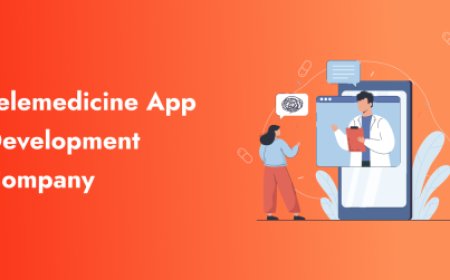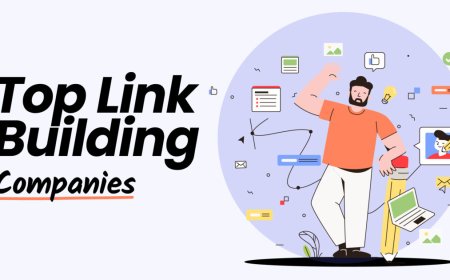Why Doctors Spend 47% of Their Day on Non-Medical Tasks
Doctors spend nearly 47% of their day on non-medical tasks like paperwork, billing, and compliance. Discover what’s driving this imbalance, how it affects patient care and physician burnout, and what solutions—like clinic management systems—can help.

In the minds of most people, the image of a doctor is someone diagnosing conditions, treating patients, and performing life-saving procedures. While this is true, the reality of a physicians day-to-day responsibilities includes far more than just clinical work. According to various studies, including one published by theAnnals of Internal Medicine, physicians spend nearly 47% of their workday on non-medical tasks. This statistic has sparked growing concern in the healthcare industry, and its easy to see why.
So, what exactly are these non-clinical duties, and why do they take up almost half of a doctors working hours? Lets dive into the root causes, the implications for both physicians and patients, and what the future might hold.
The Hidden Side of a Doctors Job
When we talk about "non-medical tasks," we're referring to responsibilities that dont directly involve patient diagnosis or treatment. These include:
-
Administrative documentation (e.g., updating electronic health records)
-
Billing and coding for insurance reimbursement
-
Compliance and regulatory tasks
-
Communicating with other departments or external providers
-
Managing referrals and prior authorizations
-
Handling patient emails or portal messages
-
Scheduling and follow-ups
Each of these duties is essential for a functioning healthcare system, but they werent originally part of what most physicians trained for.
The Role of Electronic Health Records (EHRs)
One of the largest time-consuming elements is the Electronic Health Record (EHR). EHRs were introduced with the intention of streamlining care and improving coordination between providers. However, in practice, they often become a burden.
Doctors now spend significant time documenting each patient interaction, inputting detailed notes, ticking boxes, and ensuring compliance with insurance documentation. In fact, studies have shown that for every hour of face-to-face time with a patient, physicians spend nearly two additional hours on EHR and desk work.
This issue is so prevalent that many doctors complete EHR documentation after hours, a phenomenon jokingly (but tellingly) referred to as "pajama time."
Insurance and Reimbursement Complexities
Another major contributor is the ever-growing complexity of medical billing and insurance reimbursement. Physicians must often justify every test, treatment, and prescription to third-party payers. This involves filling out prior authorization forms, appealing denials, and using complex coding systems.
While medical billers and coders assist with these duties, doctors are still required to review and approve documentation, especially when treatments get challenged. This back-and-forth not only eats up valuable time but also drains mental energy.
Regulatory Compliance and Legal Risks
Doctors also face mounting legal and regulatory requirements. From data privacy laws like HIPAA to hospital accreditation checklists, theres a vast amount of paperwork involved in staying compliant.
Many of these tasks are in place to protect patients and maintain quality standards, but they add layers of administrative burden. A small error in documentation can lead to legal liability or insurance claim denials, adding further pressure on physicians to be thorough in their non-clinical work.
Impact on Doctors' Mental Health
Spending nearly half the day on non-medical tasks can take a serious toll on physicians mental and emotional well-being. Burnout among doctors is now recognized as a widespread issue, and administrative overload is a major contributor.
According to the American Medical Association (AMA), over 60% of physicians report feelings of burnout, with lack of control over time and excessive documentation being two of the top drivers. Instead of focusing on patient care and clinical decision-makingthe very reasons many entered the professiondoctors find themselves overwhelmed by red tape.
Consequences for Patient Care
When doctors spend more time on administrative duties, patient care inevitably suffers. Appointment times are shorter, and doctors may appear distracted or rushed. The quality of interaction decreases, and patients may feel less heard or cared for.
Moreover, overburdened physicians may delay documentation or skip steps just to keep up. This increases the risk of medical errors, gaps in care, and poor patient outcomes.
Solutions and Technological Aids
Fortunately, efforts are underway to address this imbalance. Some potential solutions include:
-
Hiring medical scribes to assist with EHR documentation
-
Implementing AI-powered voice recognition tools that allow doctors to dictate notes
-
Improving EHR usability with better-designed interfaces
-
Delegating administrative tasks to non-clinical staff
-
Advocating for regulatory reform to reduce unnecessary documentation requirements
Healthcare institutions that invest in such solutionslike advanced clinic management softwareoften see a return in both improved physician satisfaction and better patient experiences.
The Bigger Picture: Reimagining Healthcare Workflows
The current state of physician workload reflects deeper systemic issues in healthcare. Payment models, technology design, regulatory frameworks, and workflow structures all play a role.
Theres a growing recognition that physicians should be allowed to practice at the top of their licensemeaning, they should focus on tasks that truly require their level of expertise, while other team members support ancillary duties.
Reforming healthcare to be more team-based, efficient, and digitally integrated could free up doctors to do what they do best: care for patients.
Final Thoughts
That doctors spend 47% of their day on non-medical tasks is a troubling statistic, but it's not an inevitable one. With better systems like a Clinic Management System, smarter technology, and policy reforms, healthcare can evolve into a space where physicians can reclaim their time and refocus their energy on healing, rather than paperwork.
The future of medicine depends not just on scientific advancement, but on the human capacity to careand that starts with giving doctors back the time to do it.










































